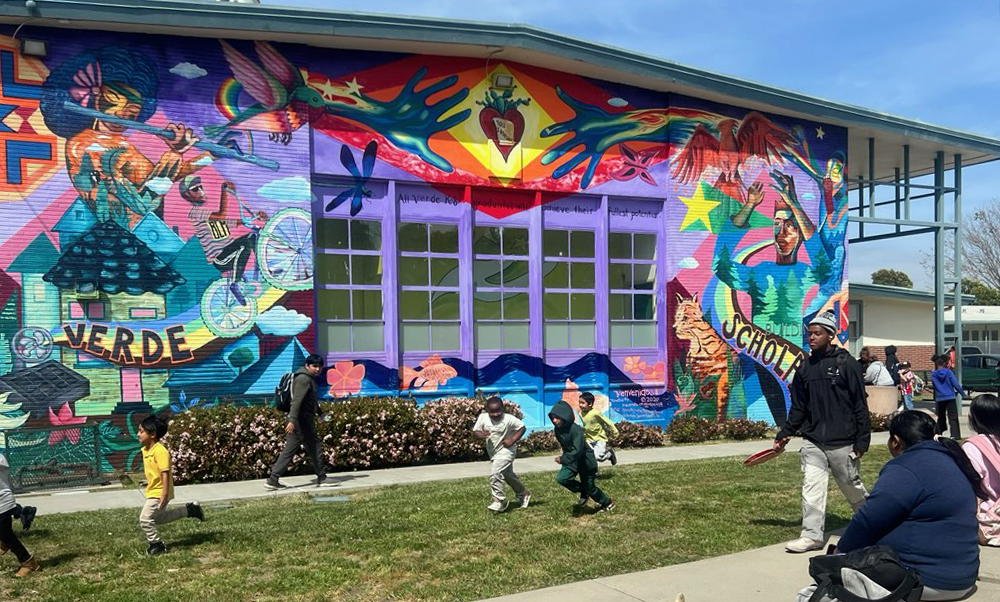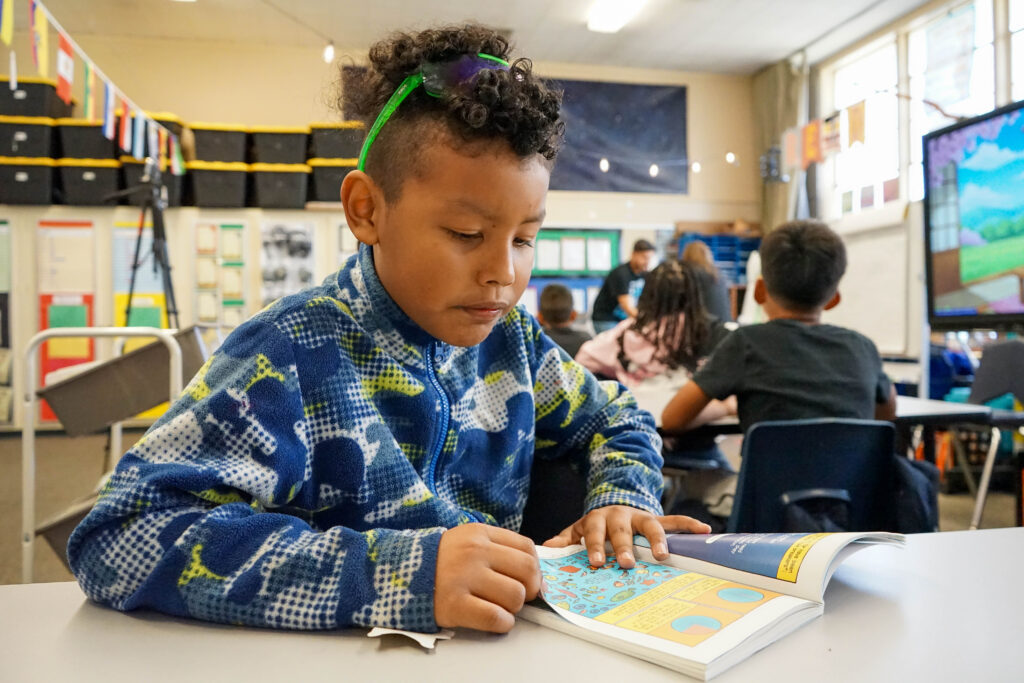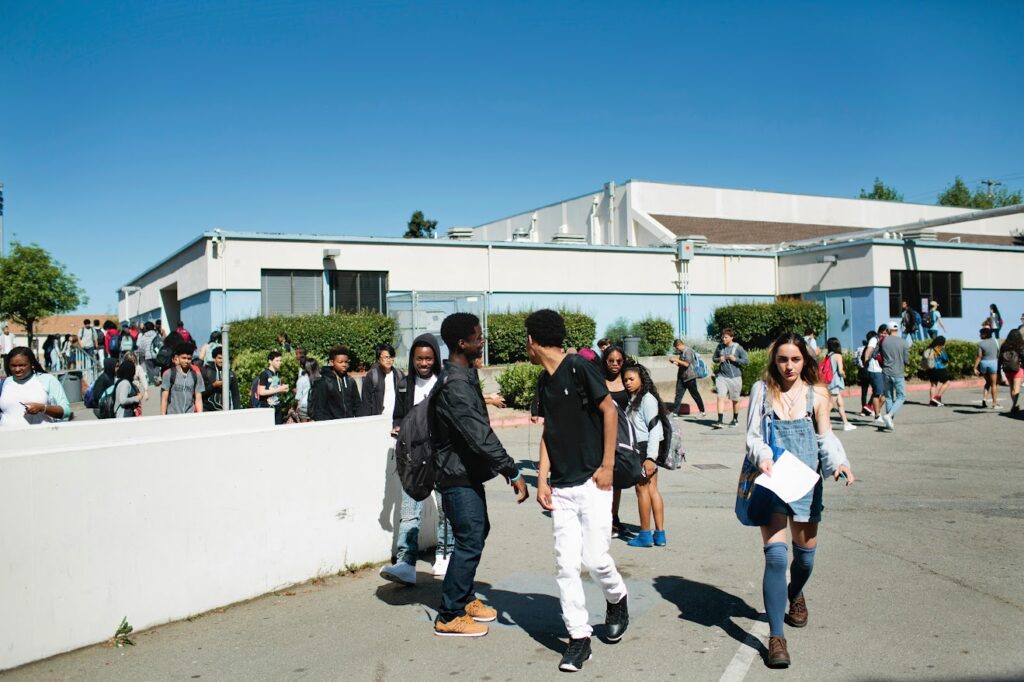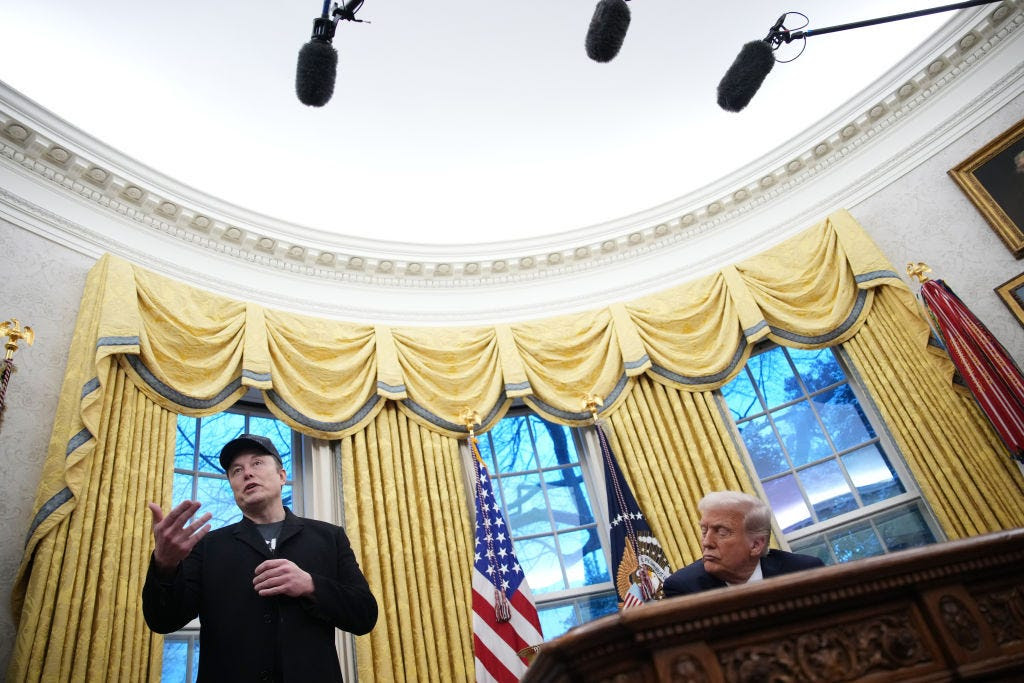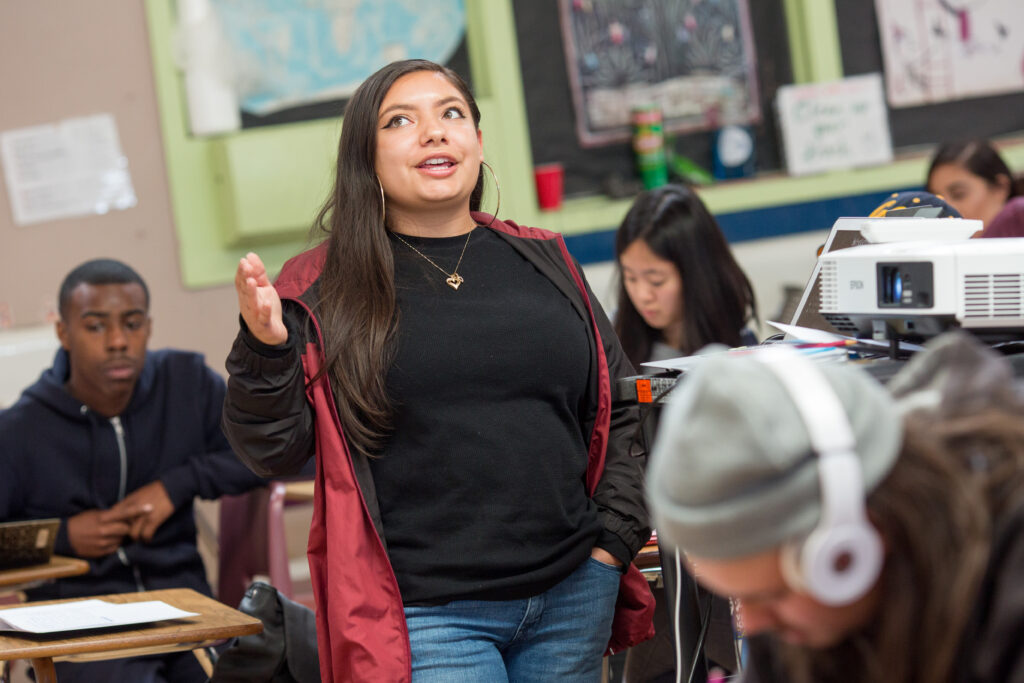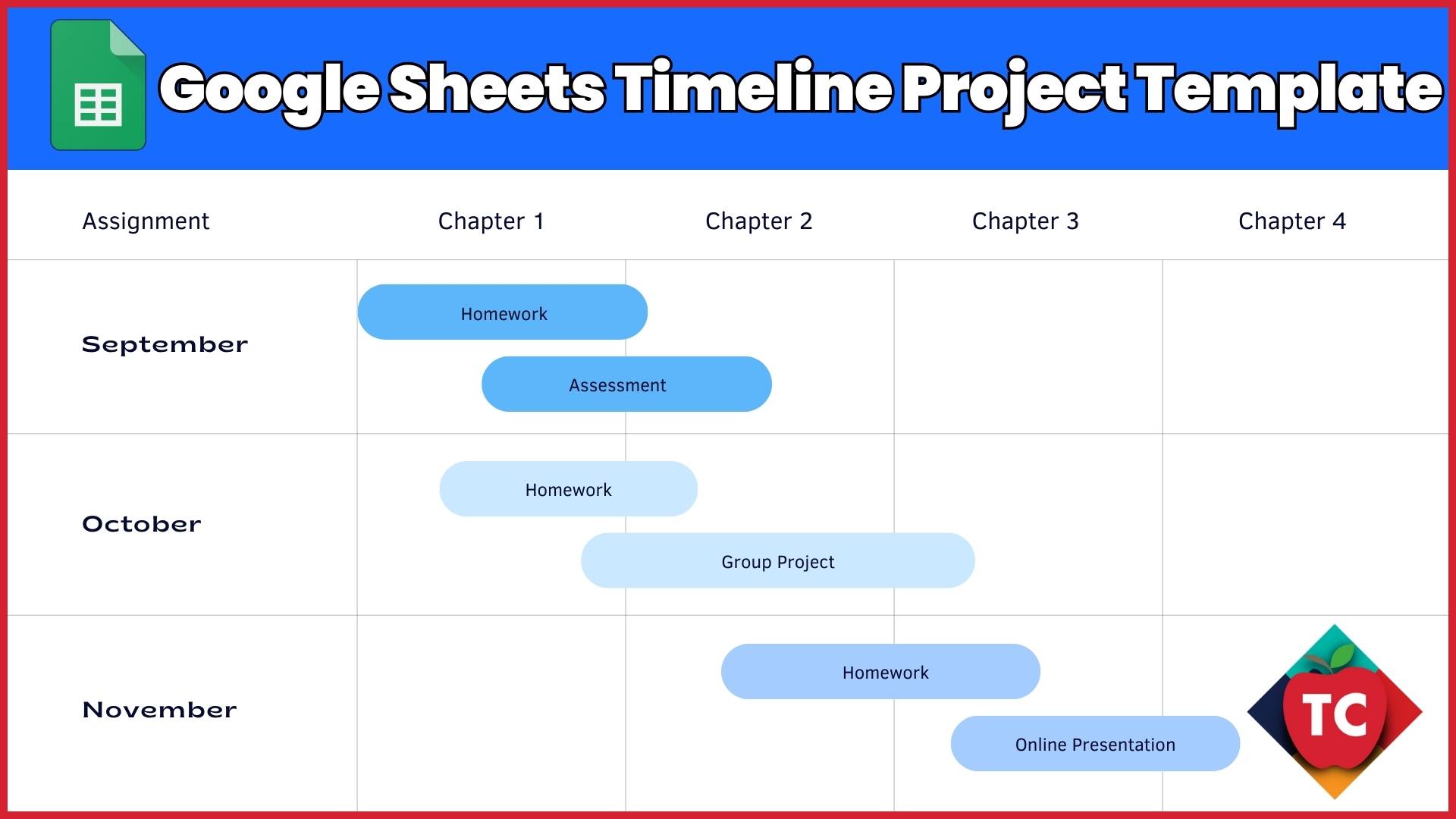
Verde Elementary School in West Contra Costa Unified School District
Top Takeaways
- Raising attendance would improve student outcomes and help the district achieve a balanced budget.
- The district will focus on boosting attendance of all students, not just those who are “chronically absent,” using a range of attendance-improvement strategies.
- Improving attendance will require an investment of funds and offering incentives, experts say.
To boost student attendance, the West Contra Costa Unified School District has launched a comprehensive plan to increase attendance by 2 percentage points this school year.
The plan will be reviewed by the school board at its meeting on Wednesday.
The challenge is in part an educational one. If students aren’t in class, they’re far less likely to succeed. It is also a financial strategy that is crucial to the district’s attempts to fend off insolvency and a state takeover for the second time in 30 years.
That’s because the main source of state funding for schools in California is based not just on how many students are enrolled, but on how many students actually show up each day for class.
But bumping up attendance, even by a few percentage points, is not as easy as it might seem, regardless of the district.
So what happens in this 29,000-student district in the San Francisco Bay Area, which includes Richmond and several adjacent communities, also holds lessons for numerous other financially struggling districts in California and nationally.
According to interim Superintendent Kim Moses, the math is simple: For every 1 percentage point increase in attendance, the district can raise $2.75 million in additional state funding.
Raising attendance by nearly 3 percentage points would generate over $7 million — about the same amount the district is projecting it will have to reduce its budget during each of the coming two years to achieve a balanced budget.
“It’s the biggest lever that we have,” board President Leslie Reckler, who is fully behind the attendance strategy to avert even more cuts in programs and staff than the district has already made, said in an interview. “We get paid by who shows up.”
Moses told the school board at a recent meeting, “If we are successful in increasing our attendance, that is a way to increase revenue. Then we can rescind the reductions we are proposing.”
Until now, the district’s attendance improvement plan has focused on “chronically absent” students — those who miss 10% or more instructional days per year. That has yielded results, pushing overall attendance rates in the district to 92.3% last fall, just below the state average.
But over the last few months, attendance rates in the district have started to drift down again, to 89.5% in February, according to district figures.
Natalie Tovani-Walchuk, vice president of local impact for Go Public Schools, an advocacy organization working in several Bay Area school districts, including West Contra Costa, speculates that some of the decline could be related to illnesses — the flu, Covid, norovirus and RSV — that simultaneously struck the district in recent months. It could also be that some immigrant parents fear bringing their children to school because of the Trump administration’s crackdown on undocumented immigrants.
“All of this creates conditions which you can’t control,” said Tovani-Walchuck, a former school principal born and raised in Richmond.
Aiming to boost attendance of all students
After initially focusing on chronically absent students, the district is now aiming to boost the attendance of all students, and to focus on schoolwide attendance-improvement strategies, including:
- Targeting schools with the lowest attendance and developing “individualized action plans” for those schools.
- Expecting schools to implement activities that reinforce positive attendance habits, such as recognizing students whose attendance improves and working more closely with families “to build stronger connections between school and home.”
- Helping schools use a toolkit developed by the district, including prepared scripts in communicating with parents, along with “action plans” for targeting lagging attendance to promote “Stronger Together: Show Up, Rise Up,” the theme of the attendance campaign.
- Recruiting more parents, representatives of community-based organizations and community members to participate in the district’s Student Attendance Review Board, to which students who are repeatedly absent or truant can be referred.
But Michael Fine, CEO of the Fiscal Crisis and Management Assistance Team, an agency set up by the state to help districts in difficult financial straits, said, “There is a limit to how much improvement in attendance can be made.”
A year ago, his agency issued a report concluding that, despite financial and other improvements, West Contra Costa faced a high risk of insolvency.
A realistic goal, Fine said, would be to increase attendance by 1 percentage point each year over the next three years. He pointed out that the district will probably have to spend money on extra staff time and incentives to generate interest among students, parents and schools.
“Programs like this cost money, so you have to spend to be successful,” Fine said.
Fine recalls that when he was a deputy superintendent at Riverside Unified, the district persuaded local businesses to award a used car to high school seniors who achieved perfect attendance across their entire K-12 careers, or other incentives like computers and bicycles for meeting less ambitious goals. His district spent about $250,000 a year on the program, but generated $1.2 million in increased attendance revenue.
Increasing attendance is especially challenging because there are many reasons why students don’t show up for school, all detailed in a presentation to be considered by the board at its monthly meeting this week. These include lack of transportation, illness, parent work schedules, child care constraints, and students feeling disengaged, unsupported and bored at school, plus, in some cases, severe mental health issues.
As a result, any initiative to reduce absenteeism demands a range of strategies to address its underlying causes.
Hedy Chang, executive director of Attendance Works, a nonprofit organization focusing on attendance, said West Contra Costa Unified appears to be on the right track by surveying parents and identifying why individual students don’t come to school. Another plus, she said, is the district’s creation of so-called community schools, which already work with social service organizations that can also help.
“It looks like the district has some things in place,” she said. But she also cautioned that schools with large numbers of low-income students, like many in West Contra Costa, will likely experience higher absenteeism rates and have to come up with multifaceted responses to overcome them.
Building positive relationships with parents
The district says one school that has made notable strides is Verde Elementary, a community school serving transitional kindergarten through eighth grade students in North Richmond, an unincorporated area of the district.
The efforts of Martha Nieto, Verde’s “school community outreach worker,” have been central to the school’s efforts to boost attendance.
Nieto, a mother of six who was born in Mexico, says that a key to getting kids to school is building positive relationships with parents. Each day, the school systematically records which students are absent. Attendance clerk Patricia Martines then calls parents’ homes, sometimes with the assistance of school secretary Patricia Farias, who attended the school and still lives in the neighborhood.
Each Friday, Nieto offers what she calls a “School Smarts” class for parents to learn how to get involved in the school. As for students, Nieto provides incentives to improve attendance with modest gifts like a soccer ball, or free ice cream or nachos, which she also hands out on Friday mornings. Students with perfect attendance are awarded medals at “Celebration of Learning” events held regularly in the school cafeteria.
The challenge, Go Public Schools’ Tovani-Walchuk says, is to extend efforts like these across the entire district.
“These are moments of real strength, and we’re seeing what is truly possible,” she said, referring to Verde Elementary. “But it has not been yet systematized where every school has their school community outreach worker doing this work. That’s really determined site by site, depending on its priorities.”

School board member Demetrio Gonzalez-Hoy says that in addition to boosting the attendance of existing students, there needs to be more emphasis on attracting new ones to the district. That’s because the district’s financial plight is largely due to student enrollment that has declined by an average of 3.1 percentage points over the previous four years, according to the Fiscal Crisis and Management Assistance Team report.
“It has to be a two-pronged approach,” he said. “We need to get families moving into our community to come to our schools. We don’t want to be a place where we have to be closing schools.”
“If we want to continue to thrive as a district, we have no other option,” he said.
